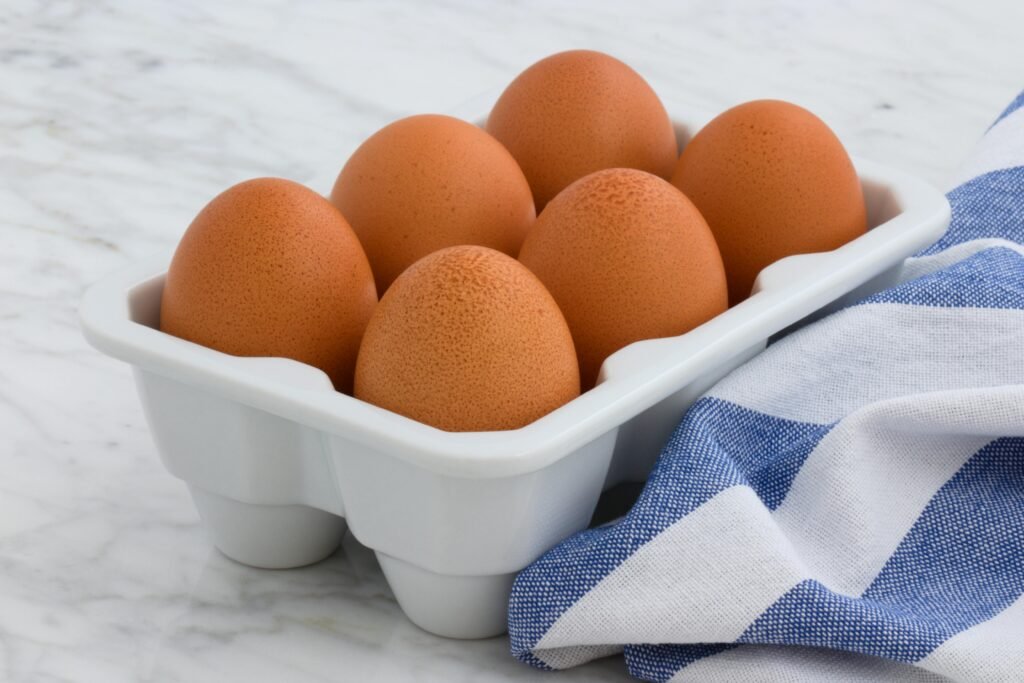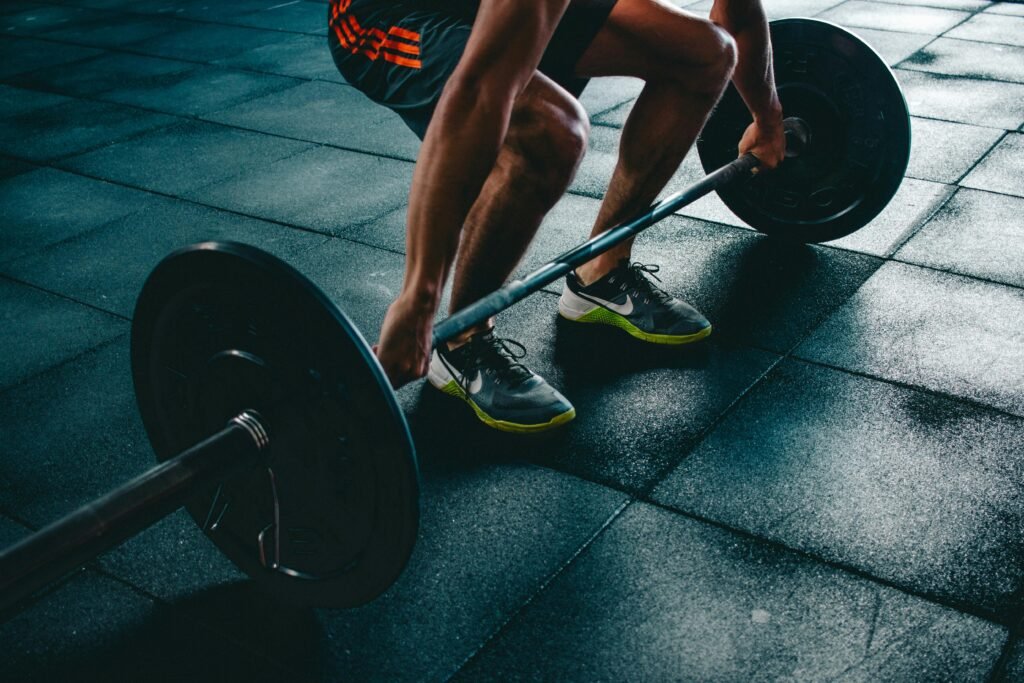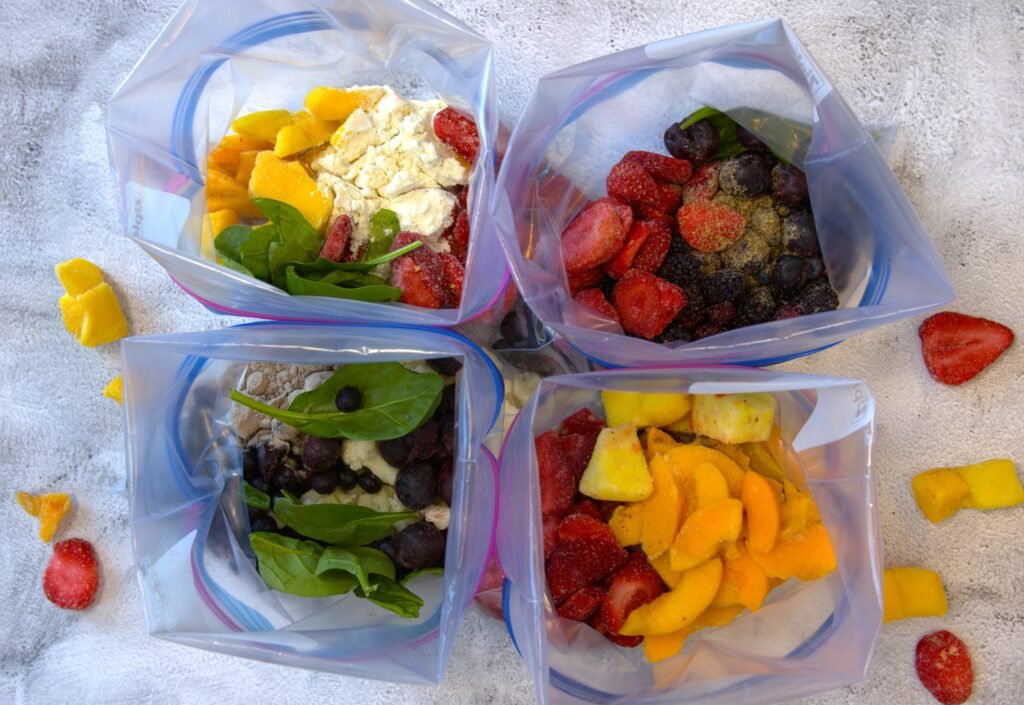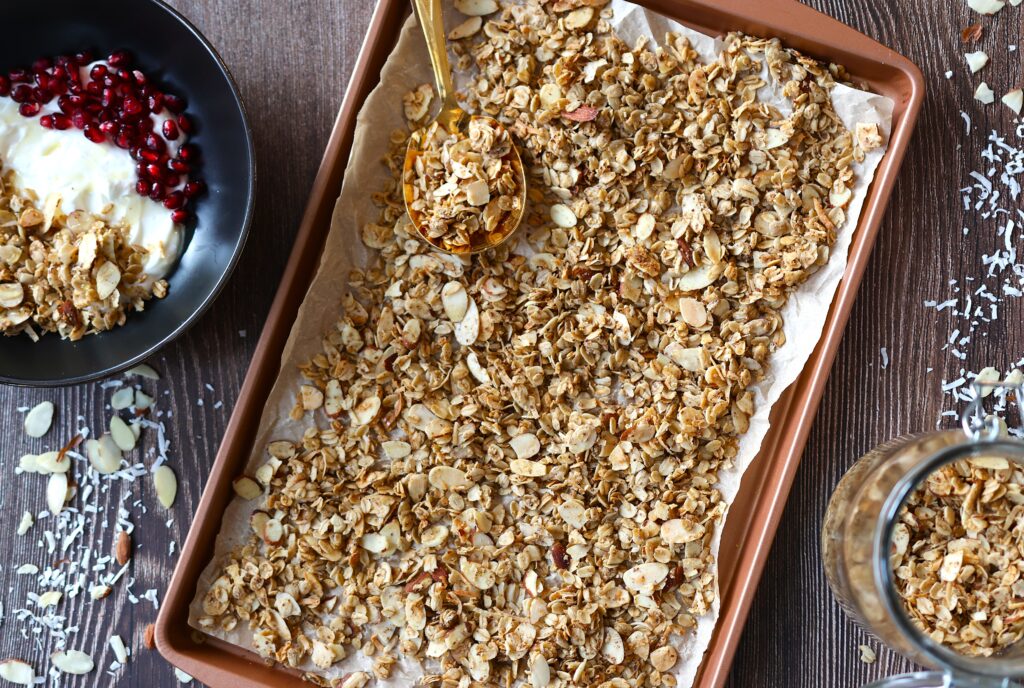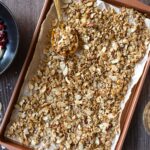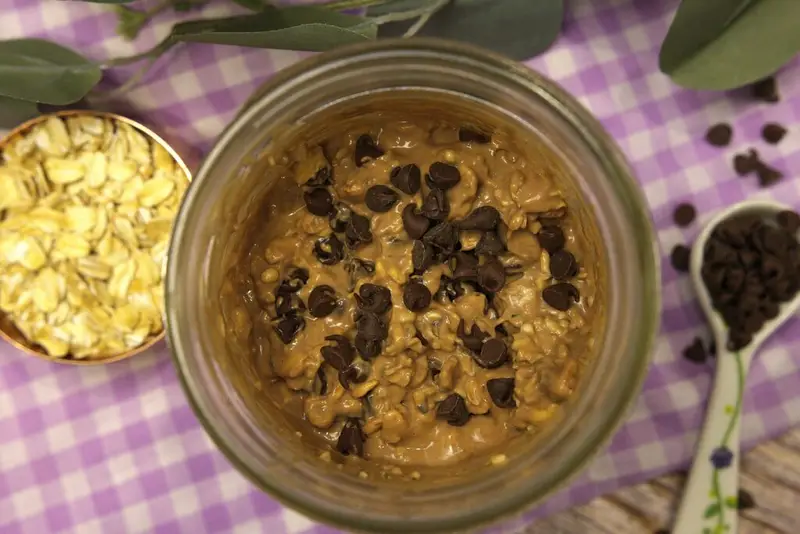Campbell, W. W., Deutz, N. E. P., Volpi, E., & Apovian, C. M. (2023). Nutritional Interventions: Dietary Protein Needs and Influences on Skeletal Muscle of Older Adults. The Journals of Gerontology: Series A, 78(Supplement_1), 67–72. https://doi.org/10.1093/gerona/glad038
Cheng, Y., Zheng, G., Song, Z., Zhang, G., Rao, X., & Zeng, T. (2024). Association between dietary protein intake and risk of chronic kidney disease: a systematic review and meta-analysis. Frontiers in Nutrition, 11, 1408424. https://doi.org/10.3389/fnut.2024.1408424
Famularo, P. (2023). Protein Requirements for Older Adults: What Are the Current Recommendations for Intake? Caring for the Ages, 24(4), 9. https://doi.org/10.1016/j.carage.2023.04.015
Hamdy, O., & Horton, E. S. (2011). Protein Content in Diabetes Nutrition Plan. Current Diabetes Reports, 11(2), 111–119. https://doi.org/10.1007/s11892-010-0171-x
Hudson, J. L., Wang, Y., Bergia III, R. E., & Campbell, W. W. (2020). Protein Intake Greater than the RDA Differentially Influences Whole-Body Lean Mass Responses to Purposeful Catabolic and Anabolic Stressors: A Systematic Review and Meta-analysis. Advances in Nutrition, 11(3), 548–558. https://doi.org/10.1093/advances/nmz106
Jäger, R., Kerksick, C. M., Campbell, B. I., Cribb, P. J., Wells, S. D., Skwiat, T. M., Purpura, M., Ziegenfuss, T. N., Ferrando, A. A., Arent, S. M., Smith-Ryan, A. E., Stout, J. R., Arciero, P. J., Ormsbee, M. J., Taylor, L. W., Wilborn, C. D., Kalman, D. S., Kreider, R. B., Willoughby, D. S., … Antonio, J. (2017). International Society of Sports Nutrition Position Stand: protein and exercise. Journal of the International Society of Sports Nutrition, 14(1), 20. https://doi.org/10.1186/s12970-017-0177-8
Lonnie, M., Hooker, E., Brunstrom, J. M., Corfe, B. M., Green, M. A., Watson, A. W., Williams, E. A., Stevenson, E. J., Penson, S., & Johnstone, A. M. (2018). Protein for Life: Review of Optimal Protein Intake, Sustainable Dietary Sources and the Effect on Appetite in Ageing Adults. Nutrients, 10(3), 360. https://doi.org/10.3390/nu10030360
Moore, D. R. (2021). Protein Requirements for Master Athletes: Just Older Versions of Their Younger Selves. Sports Medicine, 51(S1), 13–30. https://doi.org/10.1007/s40279-021-01510-0
Morton, R. W., Murphy, K. T., McKellar, S. R., Schoenfeld, B. J., Henselmans, M., Helms, E., Aragon, A. A., Devries, M. C., Banfield, L., Krieger, J. W., & Phillips, S. M. (2018). A systematic review, meta-analysis and meta-regression of the effect of protein supplementation on resistance training-induced gains in muscle mass and strength in healthy adults. British Journal of Sports Medicine, 52(6), 376–384. https://doi.org/10.1136/bjsports-2017-097608
Phillips, S. M., Chevalier, S., & Leidy, H. J. (2016). Protein “requirements” beyond the RDA: implications for optimizing health. Applied Physiology, Nutrition, and Metabolism, 41(5), 565–572. https://doi.org/10.1139/apnm-2015-0550
Rasmussen, B., Ennis, M., Pencharz, P., Ball, R., Courtney-martin, G., & Elango, R. (2020). Protein Requirements of Healthy Lactating Women Are Higher Than the Current Recommendations. Current Developments in Nutrition, 4, nzaa049_046. https://doi.org/10.1093/cdn/nzaa049_046
Schoenfeld, B. J., & Aragon, A. A. (2018). How much protein can the body use in a single meal for muscle-building? Implications for daily protein distribution. Journal of the International Society of Sports Nutrition, 15(1), 10. https://doi.org/10.1186/s12970-018-0215-1
Stokes, T., Hector, A., Morton, R., McGlory, C., & Phillips, S. (2018). Recent Perspectives Regarding the Role of Dietary Protein for the Promotion of Muscle Hypertrophy with Resistance Exercise Training. Nutrients, 10(2), 180. https://doi.org/10.3390/nu10020180
Tagawa, R., Watanabe, D., Ito, K., Otsuyama, T., Nakayama, K., Sanbongi, C., & Miyachi, M. (2022). Synergistic Effect of Increased Total Protein Intake and Strength Training on Muscle Strength: A Dose-Response Meta-analysis of Randomized Controlled Trials. Sports Medicine – Open, 8(1), 110. https://doi.org/10.1186/s40798-022-00508-w
Tagawa, R., Watanabe, D., Ito, K., Ueda, K., Nakayama, K., Sanbongi, C., & Miyachi, M. (2021). Dose–response relationship between protein intake and muscle mass increase: a systematic review and meta-analysis of randomized controlled trials. Nutrition Reviews, 79(1), 66–75. https://doi.org/10.1093/nutrit/nuaa104
Volkert, D., Beck, A. M., Cederholm, T., Cruz-Jentoft, A., Goisser, S., Hooper, L., Kiesswetter, E., Maggio, M., Raynaud-Simon, A., Sieber, C. C., Sobotka, L., Van Asselt, D., Wirth, R., & Bischoff, S. C. (2019). ESPEN guideline on clinical nutrition and hydration in geriatrics. Clinical Nutrition, 38(1), 10–47. https://doi.org/10.1016/j.clnu.2018.05.024


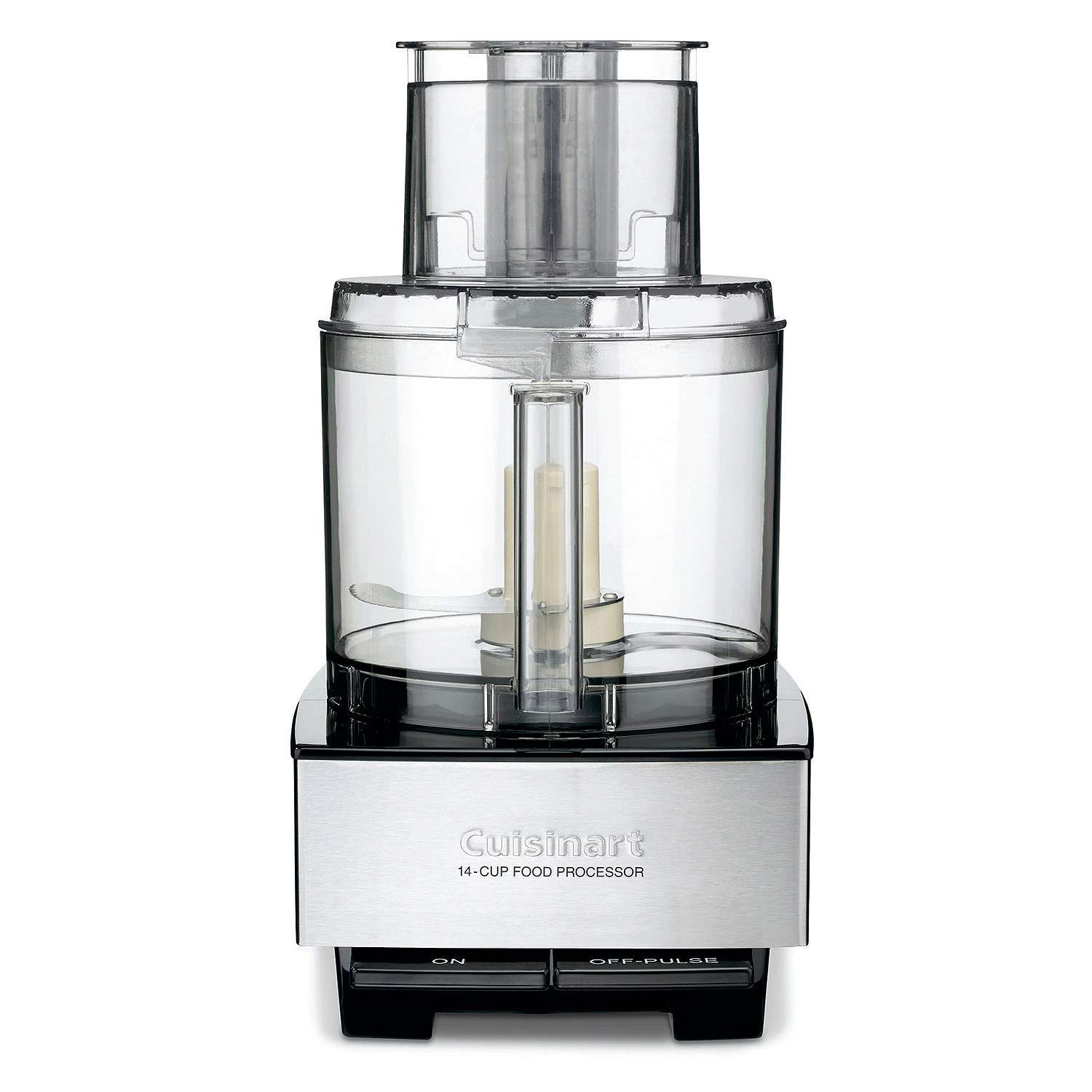 Buy Now →
Buy Now → 



